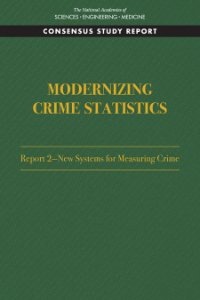By Youngmin Yi
The prevalence, consequences, and unequal distribution of parental and own incarceration in the United States are well documented. However, much of our knowledge of the reach of the carceral state into family life is focused on incarceration of a parent, romantic partner, or child, to the exclusion of other important relationships. Using data from the Family History of Incarceration Study, a nationally representative survey of U.S. adults (N=2,029), this study introduces novel descriptive measures that provide a more comprehensive picture of the demography and racially unequal distribution of family incarceration: degree, generational extension, and permeation. This analysis shows that Black adults in the United States are not only more likely to have experienced family incarceration but are also more likely to have had more family members incarcerated (5.3 members vs. ≤2.8 members for adults of other racial/ethnic groups) and to have had family members from more generations ever incarcerated (1.7 generations vs. ≤1.1 generations for those of other groups). Further, the stability of these estimates across model specifications underscores the importance of interrogating long-standing approaches to the analysis of linkages between race, the criminal legal system, and family life and the investigation of racialized systems and social inequality more broadly
Demography (2023) 60(1):15–40





















